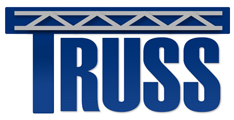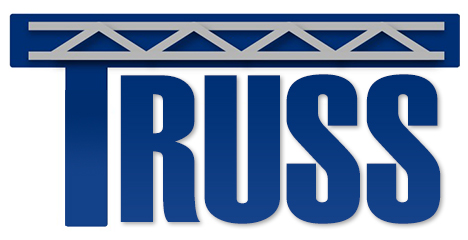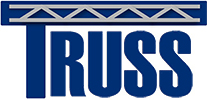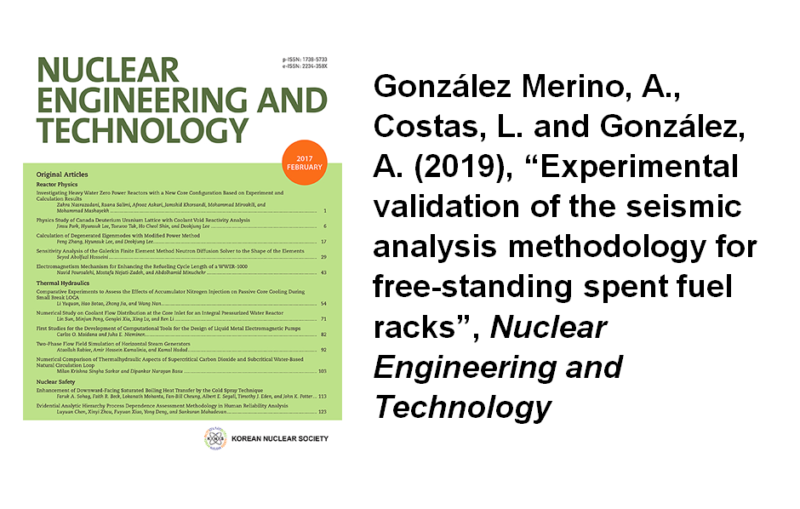On 4th January 2019, the paper titled “Experimental validation of the seismic analysis methodology for free-standing spent fuel racks” by Alberto Gonzalez Merino (ESR3), and his supervisors Luis Costas from ENSA and Arturo Gonzalez from UCD, came available online in the website of Nuclear Engineering and Technology. The latters falls within the top quartile of journal publications in the Nuclear Engineering and Design subject. The paper is open access and can be downloaded at the DOI link of the publisher’s website provided with the full reference below.
Abstract:
Spent fuel racks are steel structures used in the storage of the spent fuel removed from the nuclear power reactor. Rack units are submerged in the depths of the spent fuel pool to keep the fuel cool. Their free-standing design isolates their bases from the pool floor reducing structural stresses in case of a seismic event. However, these singular features complicate their seismic analysis which involves a transient dynamic response with geometrical nonlinearities and fluid-structure interactions. An accurate estimation of the response is essential to achieve a safe pool layout and a reliable structural design. An analysis methodology based on the hydrodynamic mass concept and implicit integration algorithms was developed ad-hoc, but some dispersion of results still remains. In order to validate the analysis methodology, vibration tests are carried out on a reduced scale mock-up of a 2-rack system. The two rack mockups are submerged in free-standing conditions inside a rigid pool tank loaded with fake fuel assemblies and subjected to accelerations on a unidirectional shaking table. This article compares the experimental data with the numerical outputs of a finite element model built in ANSYS Mechanical. The in-phase motion of both units is highlighted and the water coupling effect is detailed. Results show a good agreement validating the methodology.
Keywords: Vibration tests; free-standing rack; water coupling; hydrodynamic mass
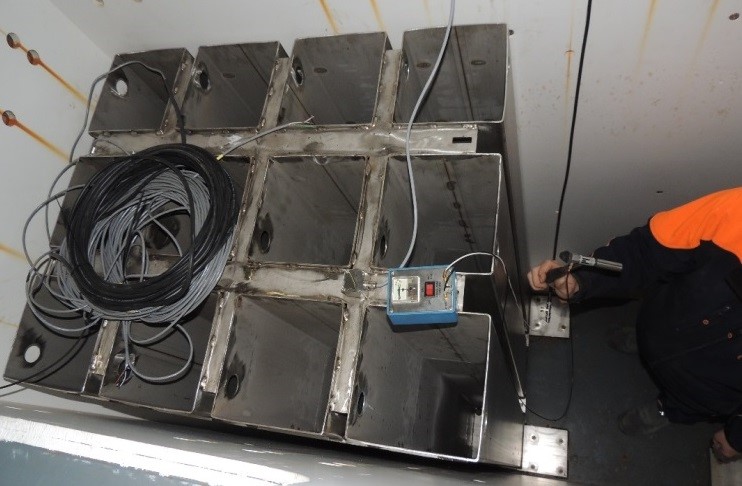
Hammer tests on scaled model of the rack
Nuclear Engineering and Technology (ISSN: 1738-5733), from Elsevier, is an international journal of the Korean Nuclear Society (KNS), that publishes peer-reviewed papers on original research, ideas and developments in all areas of the field of nuclear science and technology. NET covers all fields for peaceful utilization of nuclear energy and radiation as follows: Reactor Physics, Thermal Hydraulics, Nuclear Safety, Nuclear I&C, Nuclear Physics, Fusion, and Laser Technology, Nuclear Fuel Cycle and Radioactive Waste Management, Nuclear Fuel and Reactor Materials, Radiation Application, Radiation Protection, Nuclear Structural Analysis and Plant Management & Maintenance, Nuclear Policy, Economics, and Human Resource Development According to scimagojr, the journal has the following impact indicators:
